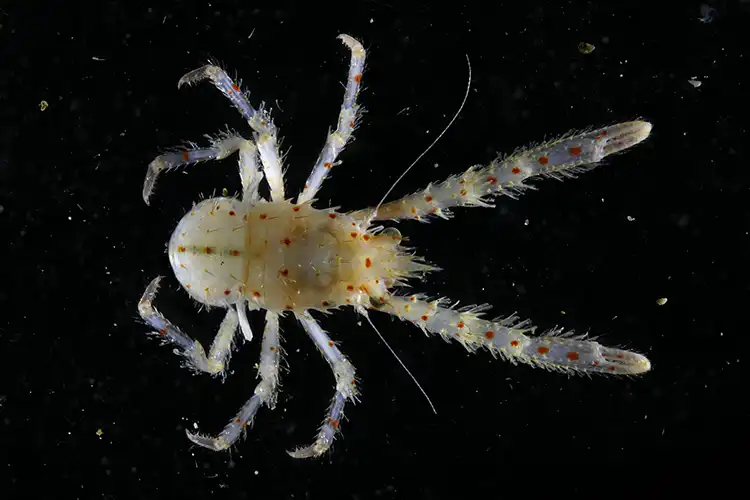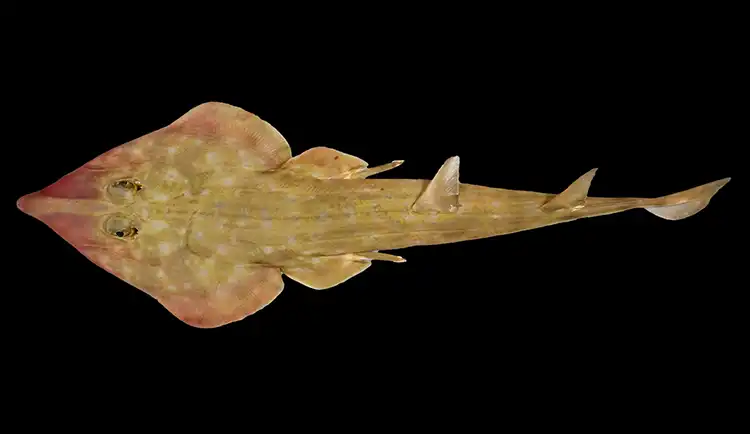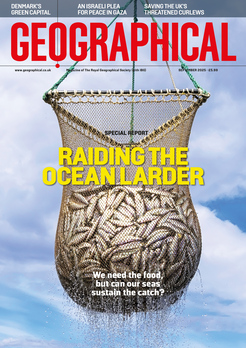
Ocean Census, the world’s largest collaborative effort to accelerate the discovery of marine life, reveals 866 newly-found marine species
By
A global collaborative effort led by the Nippon Foundation-Nekton Ocean Census has announced the discovery of 866 new marine species, a major step forward in our understanding of ocean biodiversity.
For centuries, much of our planet’s marine life has remained a mystery, with estimates suggesting that only a fraction of species have been documented. ‘The ocean covers 71 per cent of our planet, yet it is said that only around 10 per cent of marine life has been discovered so far, leaving an estimated 1-2 million species still undocumented,’ says Mitsuyuki Unno, Executive Director of The Nippon Foundation. This stark reality underscores the urgency of initiatives like the Ocean Census, which aims to accelerate the pace of discovery and bridge critical knowledge gaps.
The challenge is immense. Traditionally, the identification and official registration of a new species can be a painstakingly slow process, sometimes taking over a decade. This delay poses a significant threat, as some species may go extinct before they can be documented. To combat this, The Nippon Foundation and Nekton launched the Ocean Census in April 2023.
‘Too many species remain in limbo for years because the process of formally describing them is too slow. We urgently need to change that,’ emphasized Lucy Woodall, head of science at Ocean Census. The project’s innovative approach, which includes the ‘Species Discovery’ step, aims to expedite the identification process, ensuring that new species are recognized and studied promptly.
Enjoying this article? Check out our related reads:
The Ocean Census has rapidly evolved into a global force, conducting 10 expeditions and hosting eight Species Discovery Workshops. The project has also awarded 19 Species Discovery Awards to taxonomists worldwide, fostering collaboration and expertise. These efforts have paid off, with a diverse array of new species being registered to the Ocean Census Biodiversity Data Platform.
From the depths of one meter to the crushing pressure of 4,990 meters, new species of shark, sea butterfly, mud dragon, bamboo coral, water bear, octocoral, sponge, shrimp, crab, reef fish, squat lobster, pipehorse, limpet, hooded shrimp, sea spiders, and brittle stars have been identified. These discoveries span numerous taxonomic groups, showcasing the incredible diversity of life that remains hidden beneath the waves.

The Ocean Census employs cutting-edge technology, including divers, submersibles, and remotely operated vehicles (ROVs), to explore the ocean’s depths. The data collected is then analysed by a network of collaborating scientists, ensuring rigorous scientific scrutiny. The initiative has also adapted its operational strategy, moving from a centralised framework of ‘biodiversity centres’ to a decentralised network of scientists from over 400 institutions worldwide.
‘The past two years have been transformative for the Ocean Census,’ says Oliver Steeds, director of the Ocean Census. ‘We’ve pioneered new methods, forged key partnerships, established a global network of participating scientists, and overcome the hurdles of a truly global mission.’
However, the challenge of fully documenting the ocean’s biodiversity remains significant. Steeds estimates that discovering 100,000 new species could require at least US$1 billion. The Ocean Census is laying the foundation for this monumental task, but its ultimate success will depend on how the knowledge gained is used to protect marine ecosystems.




